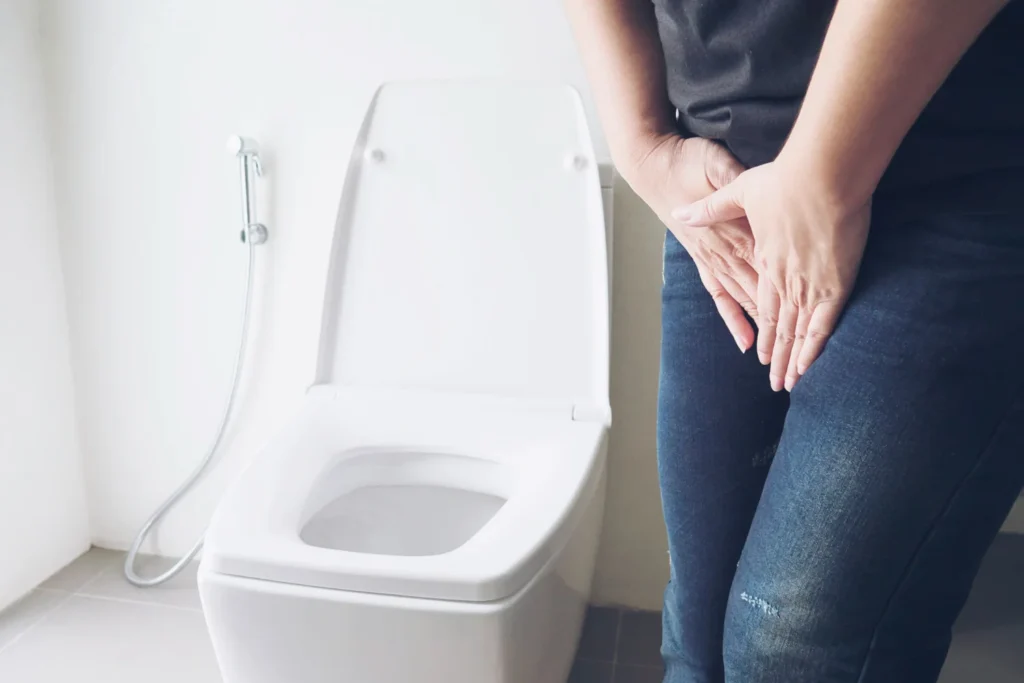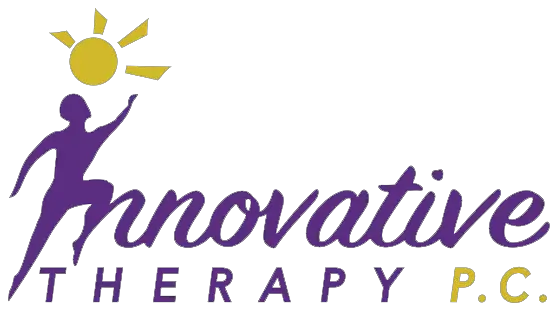Incontinence is a condition that many people suffer from, but few openly talk about. It refers to the inability to control bladder or bowel function, leading to unintentional leakage. Whether it’s urinary or fecal incontinence, this condition can severely impact an individual’s quality of life. It can be caused by various factors, including age, medical conditions, lifestyle habits, and even childbirth.
The good news is that incontinence is highly manageable with the right treatment. From lifestyle changes, pelvic floor exercises, and medications to surgical options, there are effective ways to regain control and improve one’s health. With the right approach, you can live a full and confident life again.
In this article, we’ll dive into the causes, treatment options, and practical tips to regain control over incontinence. By the end, you’ll have a clear understanding of how to manage and treat the condition, making it easier for you or your loved ones to take control of the situation.
What is Incontinence?

Incontinence refers to the inability to control bladder or bowel movements. This condition can cause leakage of urine or stool at unexpected times, leading to embarrassment, anxiety, and frustration. The severity of incontinence can vary from mild to severe, and it can happen at any age.
There are several types of incontinence:
- Urinary Incontinence: This is the most common form, which involves the involuntary loss of urine.
- Fecal Incontinence: This refers to the inability to control bowel movements.
- Stress Incontinence: Caused by pressure on the bladder during activities like coughing, sneezing, or laughing.
- Urgency Incontinence: A strong, sudden need to urinate, often leading to leakage.
- Mixed Incontinence: A combination of both stress and urgency incontinence.
Incontinence can be temporary or chronic, depending on the underlying cause. Recognizing the symptoms early and seeking help can significantly improve outcomes.
Understanding the Causes of Incontinence
1. Age-Related Causes
As we age, the muscles that control bladder and bowel functions can weaken. This weakening often leads to a reduced ability to control these functions, resulting in incontinence. In elderly individuals, the bladder capacity decreases, and bladder control mechanisms lose efficiency.
Older adults also have an increased likelihood of having conditions like diabetes or arthritis, which may contribute to incontinence. The aging process itself is a major factor, but lifestyle choices and chronic conditions can accelerate the condition.
2. Pregnancy and Childbirth
Pregnancy and childbirth are significant contributors to incontinence, particularly in women. The pelvic floor muscles, which help control bladder function, may stretch or weaken during pregnancy and delivery, leading to urinary incontinence. Vaginal deliveries, in particular, are linked to a higher risk of developing incontinence later in life, especially if there are complications during childbirth.
After childbirth, women may experience temporary or persistent leakage, which may gradually improve with pelvic floor exercises and physical therapy.
3. Medical Conditions
Certain medical conditions can also play a role in causing incontinence:
- Diabetes: High blood sugar levels can lead to nerve damage, affecting bladder control.
- Stroke: A stroke can damage parts of the brain responsible for bladder control.
- Multiple Sclerosis (MS): MS can cause nerve damage that interferes with bladder function.
- Obesity: Extra weight can put pressure on the bladder and lead to leakage.
Managing the underlying condition, such as controlling diabetes or improving mobility after a stroke, can help alleviate incontinence symptoms.
4. Medications and Treatments
Some medications can lead to incontinence as a side effect. Diuretics, commonly prescribed for high blood pressure, can cause an increase in urination. Other medications like sedatives, muscle relaxants, or antidepressants may affect the nerves that control bladder function.
In these cases, your doctor may adjust the medication or suggest alternatives. Always consult a healthcare professional before making any changes.
Types of Incontinence
| Type of Incontinence | Description |
|---|---|
| Stress Incontinence | Leakage caused by physical pressure, like coughing or sneezing. |
| Urge Incontinence | A strong, sudden need to urinate, often leading to leakage. |
| Overflow Incontinence | Leakage due to the bladder not emptying fully, causing it to overflow. |
| Functional Incontinence | Leakage due to physical or mental limitations preventing timely bathroom access. |
| Mixed Incontinence | A combination of stress and urge incontinence. |
Treatment Options for Incontinence
1. Lifestyle Changes and Self-Management
Lifestyle changes play a critical role in managing incontinence. Some of the most effective steps include:
- Dietary Modifications: Reducing the intake of caffeine, alcohol, and acidic foods can help reduce bladder irritation.
- Hydration Management: While staying hydrated is important, drinking excessive amounts of fluids can worsen incontinence. Try to space out your fluid intake throughout the day.
- Maintaining a Healthy Weight: Extra weight can put pressure on the bladder and lead to leakage. Regular exercise and a balanced diet can help manage incontinence.
2. Pelvic Floor Exercises (Kegel Exercises)
Pelvic floor exercises are among the most effective non-surgical treatments for incontinence. These exercises strengthen the muscles responsible for bladder control. To perform Kegels:
- Tighten the muscles that you would use to stop urination.
- Hold for 5 seconds, then relax for 5 seconds.
- Gradually increase the duration to 10 seconds.
Performing Kegels regularly can significantly reduce symptoms of stress incontinence and even help with urge incontinence.
3. Medications
Several medications are available to treat incontinence:
- Anticholinergics: These medications help calm an overactive bladder and reduce urgency.
- Beta-3 Agonists: These help relax the bladder muscle and improve bladder storage capacity.
- Topical Estrogen: For postmenopausal women, topical estrogen creams can help improve bladder function by strengthening the tissues of the urethra and vagina.
4. Surgical Options
If conservative treatments fail, surgery may be recommended. Surgical options include:
- Bladder Sling Surgery: A procedure to support the urethra and bladder.
- Artificial Sphincter: A device that mimics the function of the natural urinary sphincter.
- Botox Injections: For people with an overactive bladder, Botox injections can temporarily paralyze the bladder muscles to reduce urgency.
5. Behavioral Therapies
Bladder training involves teaching your bladder to hold urine for longer periods. Combined with techniques like urge suppression and scheduled voiding, it can significantly improve symptoms of urge incontinence.
How to Regain Control: Practical Tips for Managing Incontinence

1. Create a Routine for Bladder Emptying
Establishing a routine for bladder emptying can help reduce episodes of incontinence. Try to urinate at regular intervals, such as every 2-4 hours, to prevent urgency and accidents. Keeping a bladder diary to track your voiding patterns can also be helpful in identifying triggers.
2. Incontinence Products
For individuals with more severe incontinence, using absorbent products can be helpful. These include:
- Pads and Liners: Available in different absorbencies to suit individual needs.
- Adult Diapers: For individuals with heavy leakage.
- Reusable Underwear: Eco-friendly options are available for those who prefer to avoid disposables.
| Type of Product | Purpose | Recommended For |
|---|---|---|
| Pads and Liners | Light to moderate leakage management | Daily use, mild incontinence |
| Adult Diapers | Heavy leakage and full-day protection | Severe incontinence, overnight use |
| Reusable Underwear | Eco-friendly option for managing leakage | Light to moderate incontinence |
3. Psychological Support
Incontinence can take an emotional toll. It’s important to address the psychological impact of incontinence and seek counseling or join support groups. Discussing your condition with loved ones can also reduce feelings of isolation and frustration.
Preventing Incontinence
Preventing incontinence may not always be possible, but certain steps can reduce the risk:
- Strengthen the Pelvic Floor: Regular pelvic floor exercises can help prevent weakness.
- Avoid Excessive Caffeine and Alcohol: Both can irritate the bladder.
- Stay Active: Exercise regularly to maintain bladder health and reduce the risk of obesity, which is a major contributor to incontinence.
FAQs About Incontinence
Is incontinence a normal part of aging?
While incontinence is more common in older adults, it is not considered a normal part of aging. It’s often related to underlying conditions or lifestyle factors that can be managed.
Can incontinence be cured completely?
Incontinence can be managed or improved with treatment. However, a full cure may not always be possible, depending on the type and cause.
What are the most effective treatments for stress incontinence?
Pelvic floor exercises (Kegels) are the most effective treatment. In severe cases, surgery or a bladder sling may be recommended.
Conclusion
Incontinence is a manageable condition with a wide range of treatments available. Whether you are experiencing stress, urge, or mixed incontinence, understanding the causes and finding the right treatment is the first step toward regaining control. Lifestyle changes, pelvic floor exercises, medications, and surgical options can help you lead a more comfortable and confident life. Don’t hesitate to consult with a healthcare professional to find the best solution for your needs.
Take Control of Your Health Today with Innovative Therapy P.C. at Dallas, TX
If you’re struggling with incontinence and looking for effective solutions, Innovative Therapy P.C. in Dallas, TX, is here to help. Our team of dedicated professionals specializes in personalized treatment plans designed to restore control and improve your quality of life. Whether you’re dealing with urinary or fecal incontinence, we offer a range of therapies tailored to your needs.
Don’t let incontinence hold you back any longer. Reach out to Innovative Therapy P.C. today and take the first step toward living confidently again. Contact us now for a consultation and discover the difference our expert care can make!





